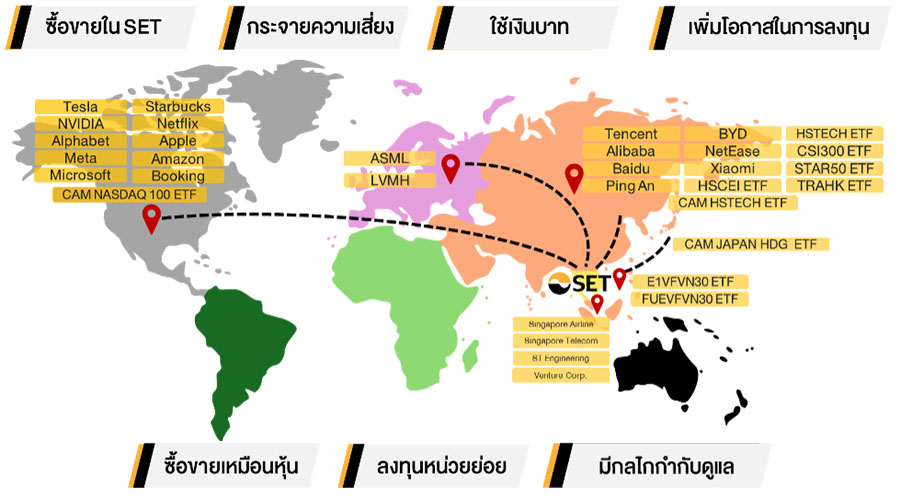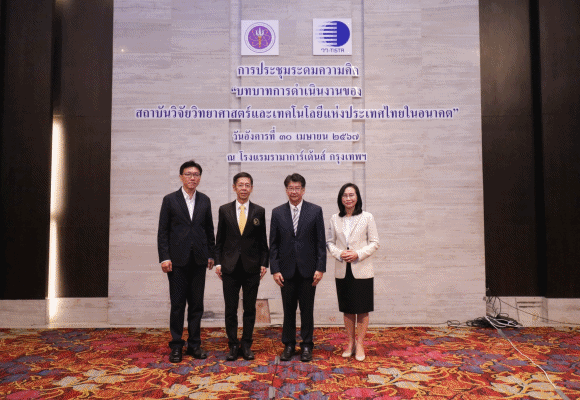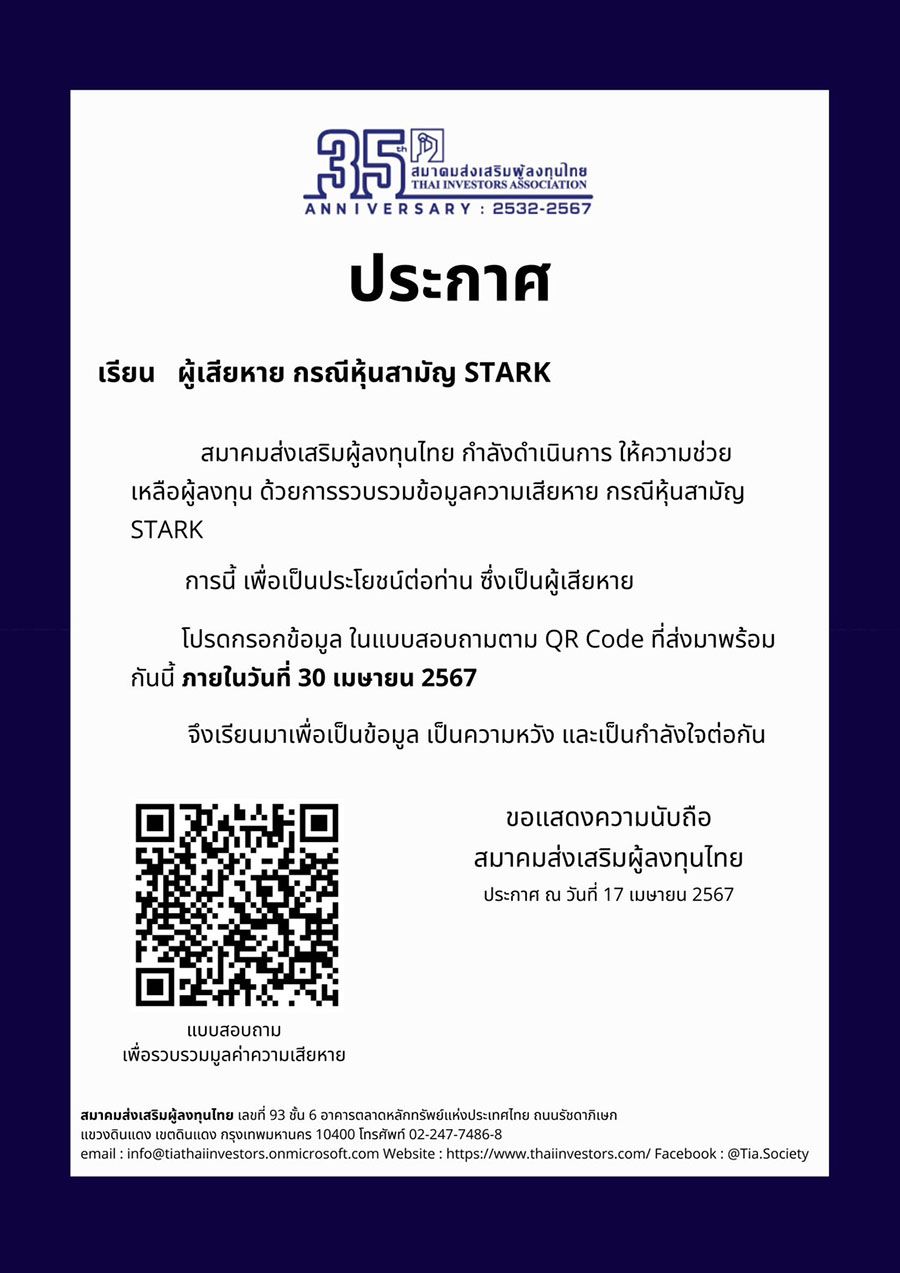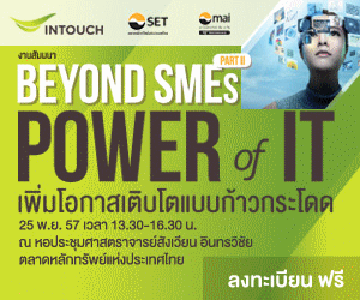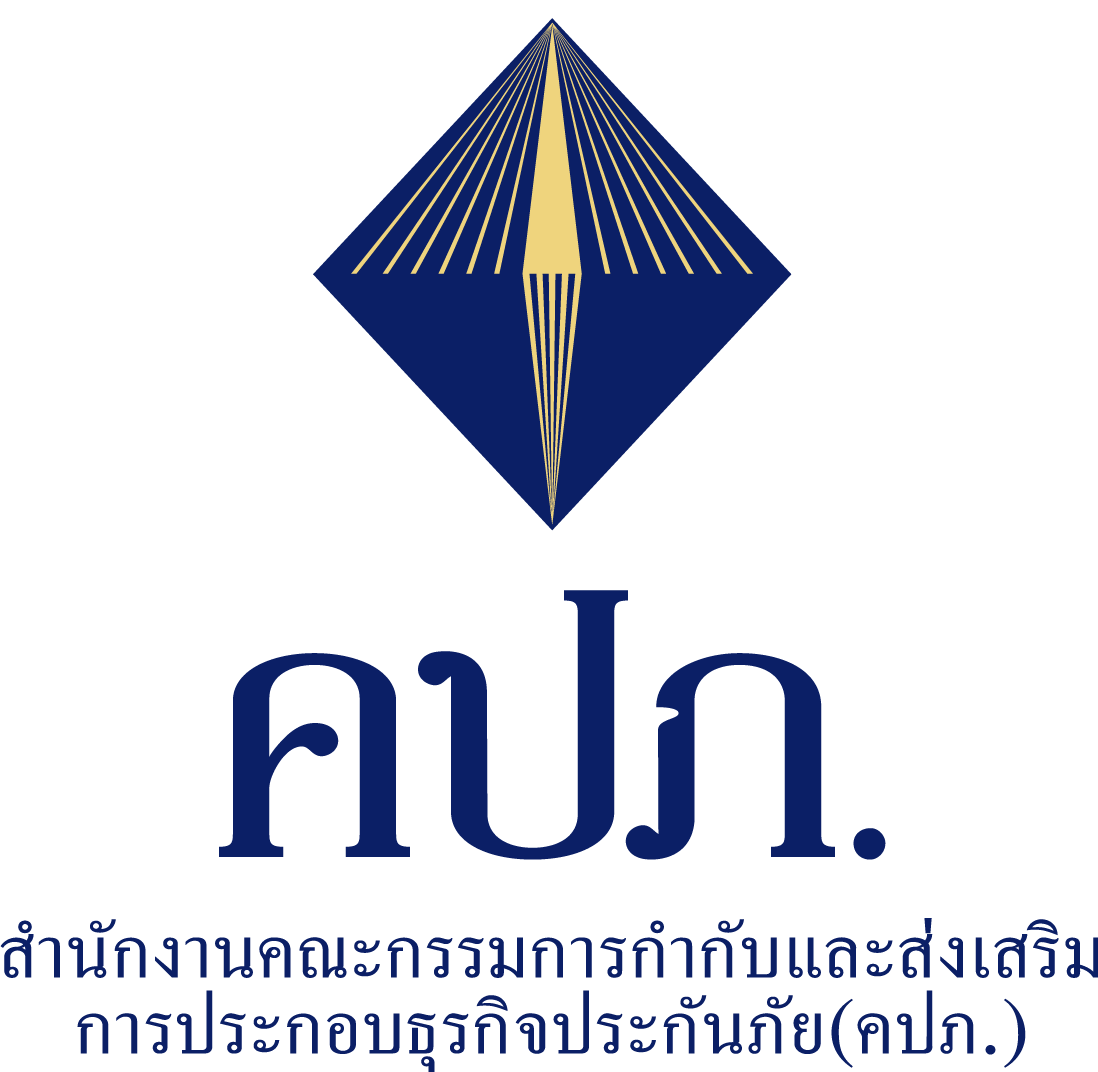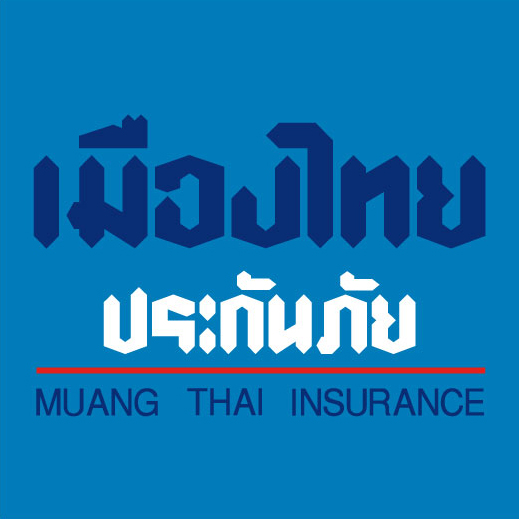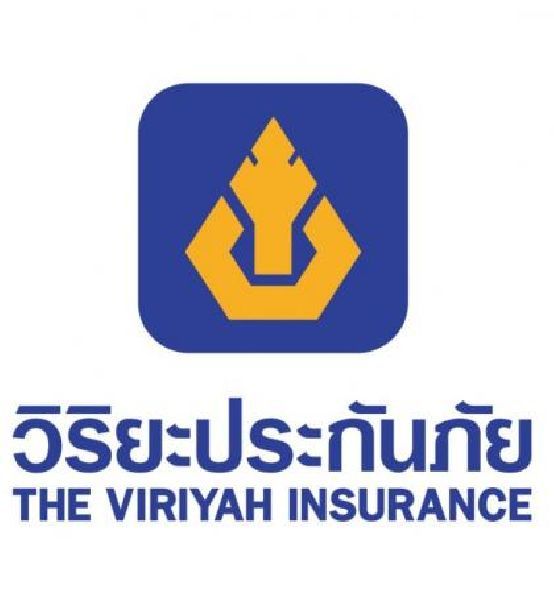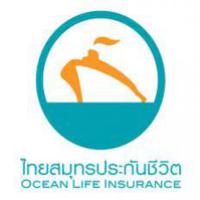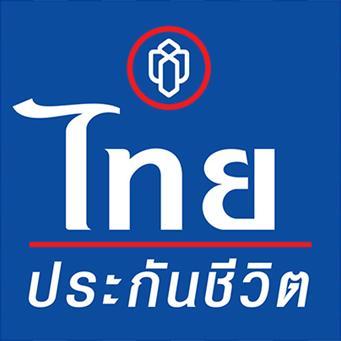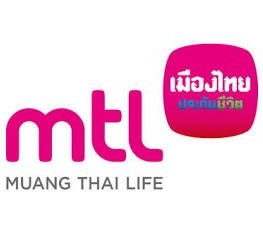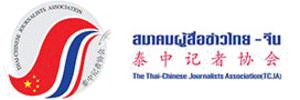- Details
- Category: การแพทย์-สธ
- Published: Friday, 24 March 2017 12:08
- Hits: 6007
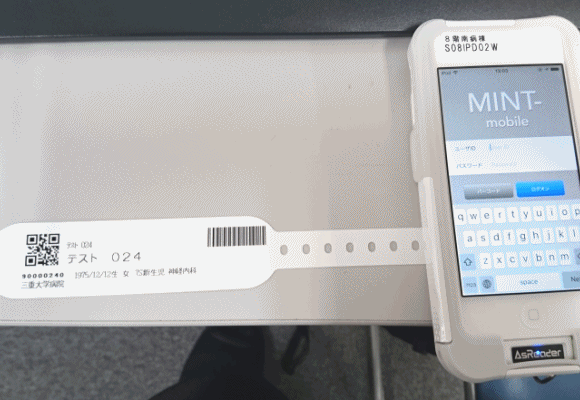
ซาโต้จับมือมหาวิทยาลัยมีในญี่ปุ่น ทำวิจัย เครื่องอ่านสายรัดข้อมือ UFH RFID อัจฉริยะเพิ่มความปลอดภัยผู้ป่วย
ซาโต้ ผู้นำของโลกด้านโซลูชั่นออโต้ไอดีที่ช่วยเพิ่มประสิทธิภาพการทำงานขององค์กรและผู้ผลิต ประกาศลงทุนทำวิจัยด้านคลินิกครั้งแรกเกี่ยวกับป้ายที่ใช้เทคโนโลยี UHF RFID ร่วมกับโรงพยาบาลมหาวิทยาลัยมี (Mie University) ของญี่ปุ่น เพื่อพัฒนาสายรัดข้อมือที่ให้ข้อมูลเกี่ยวกับผู้ป่วยที่มีความปลอดภัย พร้อมช่วยลดปริมาณงานของเจ้าหน้าที่โรงพยาบาลและผู้ป่วย
เครื่องอ่านข้อมูลบนสายรัดข้อมือระบุตัวผู้ป่วยแบบ RFID
โดยในขั้นแรก ทั้งสองจะร่วมกันวิจัยผลกระทบจากเครื่องอ่าน UHF RFID แบบพกพาที่มีต่ออุปกรณ์การแพทย์ที่ฝังในตัวผู้ป่วย เช่น เครื่องกระตุ้นคลื่นไฟฟ้าหัวใจ โดยการทำวิจัยด้านคลินิกในครั้งนี้จะครอบคลุมผู้ป่วยที่เข้ารับการรักษาในโรงพยาบาลมหาวิทยาลัยมีที่มีอายุ 18 ปีขึ้นไป โดยจะเริ่มวิจัยตั้งแต่วันที่ 26 ธันวาคม 2559 – 31 ธันวาคม 2561
ระบบบาร์โค้ดที่โรงพยาบาลมหาวิทยาลัยมีใช้อยู่ในปัจจุบันนั้น เป็นการจัดการข้อมูลเกี่ยวกับการให้ยาแก่ผู้ป่วย การเก็บตัวอย่างเลือด โดยมีการครวจสอบข้อมูลถึง 3 จุด โรงพยาบาลต้องการพัฒนาระบบเพื่อปิดจุดอ่อนของระบบเช่น การที่ต้องปลุกผู้ป่วยขึ้นมากลางดึก หรือการที่เครื่องอ่านไม่สามารถอ่านข้อมูลได้อย่างสมบูรณ์หรือคลาดเคลื่อนจากความจริงเป็นครั้งคราว เนื่องจากสายรัดข้อมือหักพับ ทำให้อ่านข้อมูลไม่ได้หรือไม่ถูกต้อง
การนำป้าย UHF RFID ของซาโต้เฮลท์แคร์มาใช้ จะทำให้สามารถเรียกดูข้อมูลได้ในระบบทางไกล ทำให้ไม่จำเป็นต้องหยิบจับเครื่องอ่านโดยตรง ในการทดสอบการใช้เครื่องก่อนที่จะเริ่มมีการวิจัยชิ้นนี้ พบว่าสามารถเรียกดูข้อมูลได้สะดวกแม้ว่าจะมีสิ่งกีดขวางระหว่างตัวเครื่องอ่านและชิปที่บันทึกข้อมูล เช่น มีผ้าห่มคลุมตัวผู้ป่วย เป็นต้น ดังนั้นการวิจัยชิ้นนี้จะช่วยทำให้สามารถเรียกดูและยืนยันข้อมูลเกี่ยวกับผู้ป่วยได้อย่างสะดวกและรวดเร็ว
นอกจากนี้ ป้ายและสายรัดข้อมือแบบ UHF RFID ยังมีต้นทุนต่ำกว่าป้ายแบบ HF และมีระยะห่างที่สามารถอ่านข้อมูลจากป้ายได้ไกลกว่า จากรายงานของกระทรวงกิจการภายในและการสื่อสารของญี่ปุ่นเปิดเผยว่าเครื่องอ่านที่ใช้ในการวิจัยครั้งนี้ก็จะไม่ส่งผลเสียต่ออุปกรณ์ต่างๆ เช่น เครื่องกระตุ้นไฟฟ้าหัวใจ (pacemaker) หรือเครื่องกระตุกหัวใจ (defibrillator) ไม่ว่าระยะห่างระหว่างเครื่องอ่านและอุปกรณ์ทางการแพทย์ดังกล่าวจะเป็นเท่าไร
มร. โยชิโนริ อาซูมิ รองประธานฝ่ายข้อมูลทางการแพทย์ โรงพยาบาลมหาวิทยาลัยมี อธิบายว่า “ป้าย UFH ที่นี่จะให้ตรวจสอบข้อมูลได้ด้วยต้นทุนที่ถูกมาก ทำให้เรามีโอกาสเพิ่มในอนาคต เนื่องจากพยาบาลและเจ้าหน้าที่ของโรงพยาบาลจะมีภาระลดลงในการตรวจสอบข้อมูล
“ป้ายผู้ป่วยแบบสายรัดข้อมือจะช่วยเพิ่มความปลอดภัยสูงสุดให้แก่ผู้ป่วย พร้อมทั้งยังให้ความสะดวกสบายได้อย่างมาก เพราะเครื่องนี้จะสามารถอ่านข้อมูลได้ในระยะไกล ผู้ดูแลผู้ป่วยก็ไม่จำเป็นต้องปลุกหรือย้ายหรือขยับตัวผู้ป่วยโดยไม่จำเป็นเมื่อต้องการอ่านข้อมูลบนป้ายสายรัดข้อมูล ระบบนี้นับได้ว่าเป็นนวัตกรรมที่น่าทึ่งและสามารถให้ทั้งความถูกต้องและความสะดวกสบาย” มร. ฮิโรยูกิ โคนูมะ ประธานซาโต้ เฮลธ์แคร์ กล่าว
For Immediate Release
SATO Healthcare and Mie University Hospital Partner on Development of UHF RFID Patient Wristbands
First clinical study of UHF band wristbands in Japan
SATO, a leading global provider of Auto-ID solutions that empower workforces and streamline operations, announced it will conduct the first clinical study of ultrahigh frequency (UHF) RFID tags in Japan jointly with Mie University Hospital. The clinical study aims to decrease the burden on patients and workload of hospital staff through the implementation of UHF RFID wristbands.
The first step of the joint research will determine if handy UHF RFID readers have any effect on implantable medical devices, including pacemakers. The clinical study, which was launched December 26, 2016 is slated to be completed on December 31, 2018 and will look at all patients admitted to the hospital age 18 or older.
The existing barcode system Mie University Hospital has utilized for administration of medication and collection of blood samples uses 3-point verification1 to cross-check data. The hospital sought to improve upon drawbacks such as disturbing sleeping patients at night and occasional read errors caused by smudges or deformations of wristband barcodes.
Through the implementation of UHF RFID tags from SATO Healthcare, data can be read from a distance, making physical contact with the reader unnecessary. In tests conducted before the launch of the official study, data could often be read even with obstructions such as blankets coming between the chip and the reader. This is expected to simplify the process and improve overall speed of data validation for hospital staff.
In addition to these operational benefits, UHF RFID tags are lower in cost than HF tags and have a greater and more flexible read range. The low-power handy readers used in the clinical study had no effect on pacemakers or defibrillators regardless of distance according to a report by Japan’s Ministry of Internal Affairs and Communications2.
Yoshinori Azumi, Deputy Chief of the Department of Medical Informatics at Mie University Hospital explained, “UHF tags are here. They provide data verification at low cost and hold great promise for the future by easing the burden of nurses and other staff that cross-check patient data.”
“Non-RFID wristbands can ensure patient safety but UHF wristbands do more they improve patient comfort,” remarked SATO Healthcare President Hiroyuki Konuma. “The ability to read tags from a distance means that caregivers now do not have to unnecessarily move patients to read their wristbands when sleeping. This system is a breakthrough that can ensure the highest levels of accuracy and comfort.”
Clinical study overview
Study duration: December 26, 2016 – December 31, 2018 (period of patient observation)
Location: Mie University Hospital
Objective: To establish the safety of low-power (250 mW) 920MHz handy RFID readers and their non-interference with defibrillators and pacemakers.
Target: Patients with implantable cardiac devices and all patients 18 years of age and older.
Details: Researchers to look at the settings of implantable cardiac devices before admission/after release in patients admitted to the hospital between December 26, 2016 and December 31, 2018 to determine if any unintended setting changes were caused by the use of low-power handy RFID readers.
Director: Yoshinori Azumi, Deputy Chief, Department of Medical Informatics, Mie University Hospital
Reference
Overview of the study from Japan's University hospital Medical Information Network UMIN Clinical Trials Registry (UMIN-CTR):
https://upload.umin.ac.jp/cgi-open-bin/ctr/ctr.cgi?function=brows&action=brows&recptno=R000025998&type=summary&language=E
1. Reading patient IDs (wristbands), labels for drug administration or blood transfusion and treatment instructions (from database) via handy barcode and RFID readers to prevent mix-ups
2. Study on the Effect of Radio Waves on Medical Devices: http://www.tele.soumu.go.jp/e/sys/fees/purpose/studies/#4029802
About SATO
SATO (TOKYO:6287) is a leading global provider of Auto-ID solutions that connect people, goods and information. It serves a diverse range of customers, delivering end-to-end solutions that streamline operations, empower workforces and help customers reduce their environmental impact. For the fiscal year ended March 31, 2016, it reported revenues of JPY 105,504 million (US $880 million*). More information about SATO can be found at www.satoworldwide.com or






